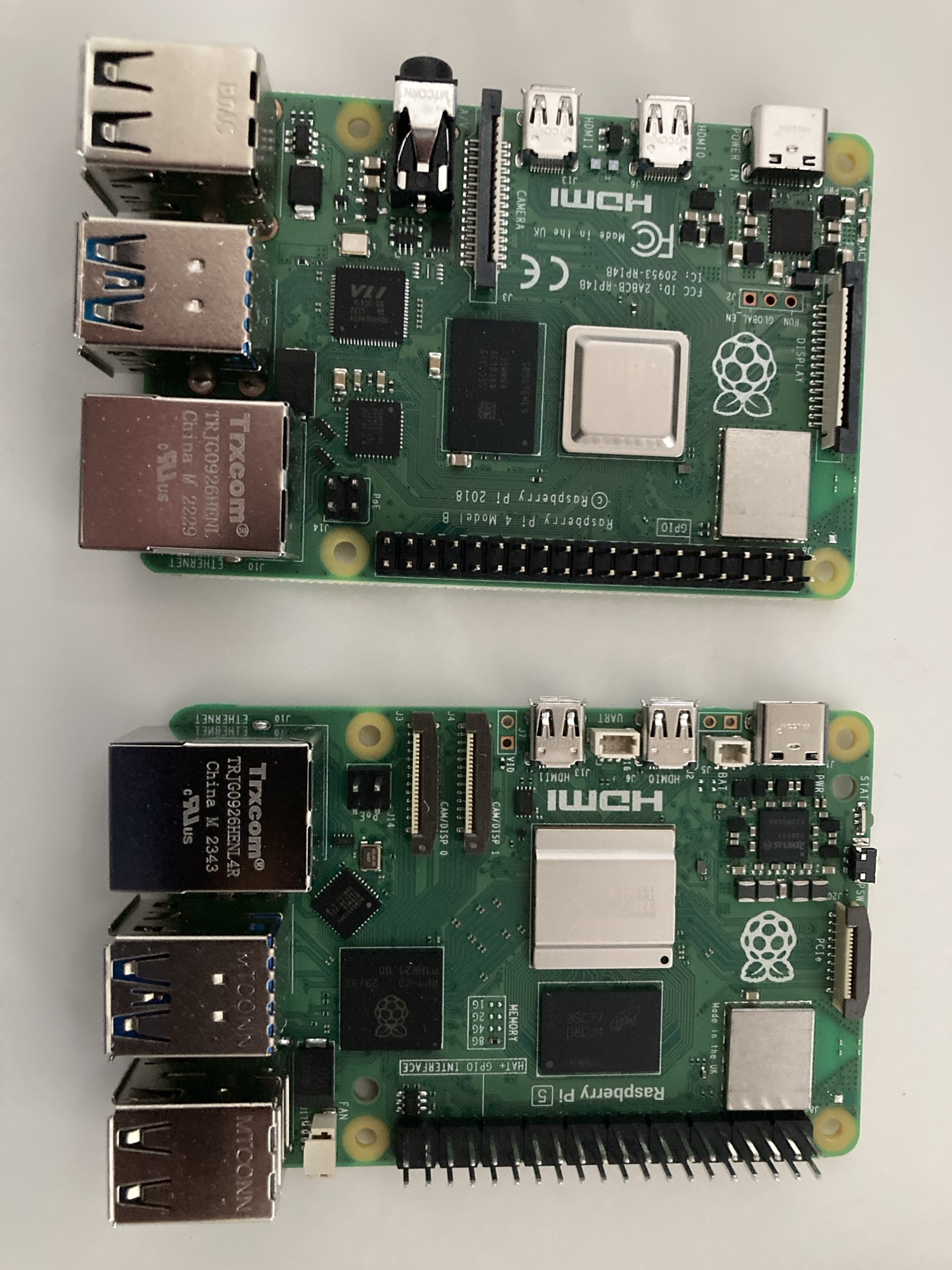Yesterday I experimented with NixOS and Debian. I managed to install NixOS on the Pi4 and I managed to implement several changes to the configuration.nix file before the Pi started to overheat and become much slower. At this point I tried to run Debian and that worked.
At first Debian was running in command line mode so I took the time to install the KDE desktop and that’s when I ran into the same limitation of the Pi4. It tends to get hot and slow down to a crawl.
This could be seen as a failure, or as a success. The reason for which it is a success is that I managed to get NixOS to work on a Pi, in the first place, and that I managed to compile a few changes before the system became too slow to work.
With Debian too, I class it as a success, rather than a failure. I class it as a success because I read documentation, understood it, and then installed Darwin first in command line, and then with the GUI. It was working well enough for a bit. it’s when I left the machine to “sleep” and the display time out that the system failed to start again.
It counts as a success because if I had been using a Raspberry Pi 4 8GB or higher it would have worked well. It’s only because of the limitations of the hardware that this could be considered as a failure.
The other success that I am counting is that I was able to get my log ready for editing on three linux machines, within minutes, rather than quarter hours as I had previously. I have learned the work flow to get the hugo version of my blog downloaded locally, and set up the theme, and then git-ftp to upload the latest hugo compilation.
## And Finally
Today I wrote my blog post using VIM rather than WordPress and VS Code so it went faster. I find that I am gravitating towards simpler blogging habits once again. I only broke with blogging via VIM because I thought it would take hours to set things up again on the current machine.

Leave a Reply